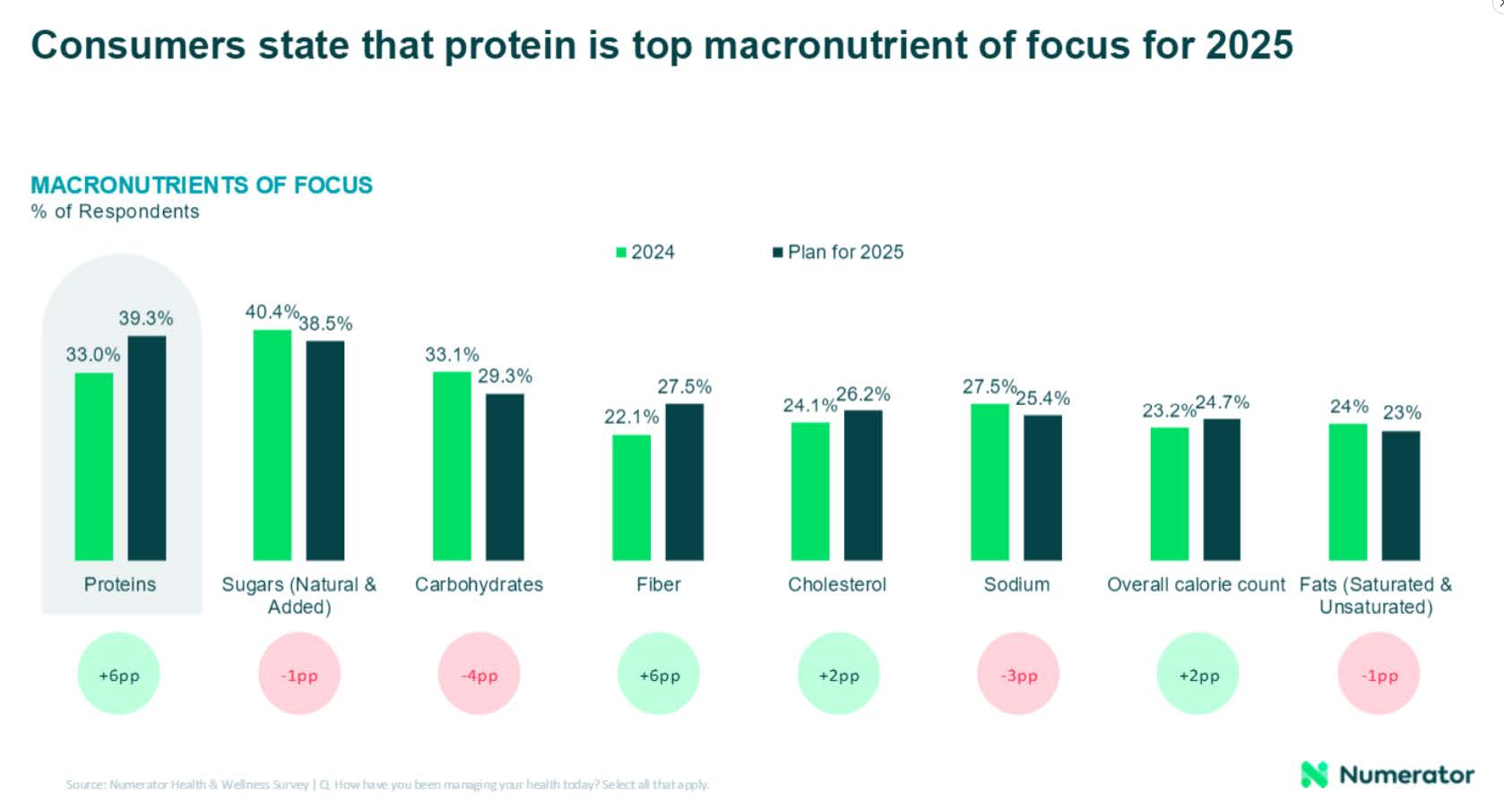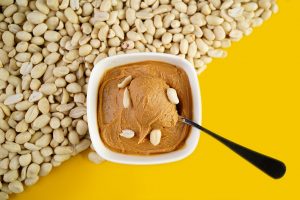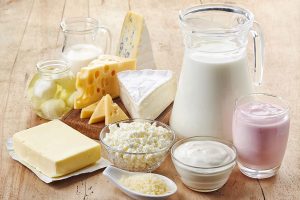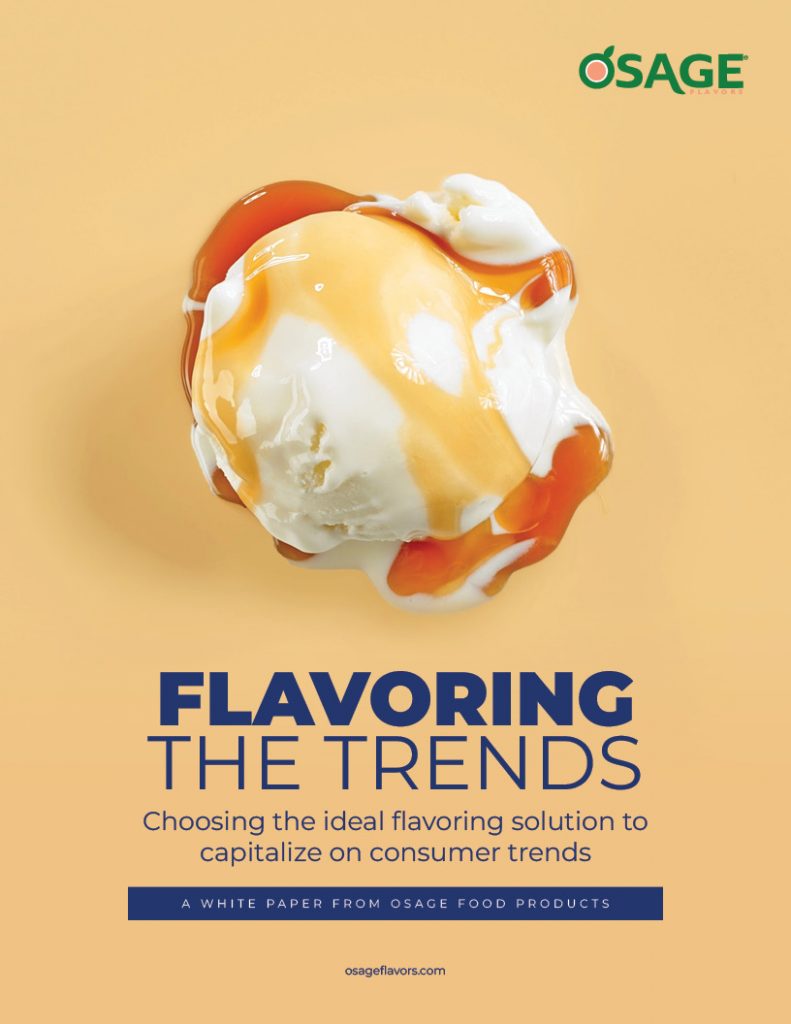Despite the demographics, almost all consumers have one thing in common: they crave protein. A stroll through the aisles of this year’s Natural Products Expo West saw new product after new product tout the protein content on splashy front-of-package graphics. We saw high protein beverages, food bars, cereals and even sweet goods.

Growing consumer interest in protein has compelled food brands to make high-protein products a priority for 2025. Unfortunately, formulating high-protein products can be quite challenging. Osage Food Products knows these challenges first hand, as we’ve helped countless manufacturers prototype and launch products with added proteins using our DairyPro® line.
Dairy proteins are the gold standard in protein, as they offer a complete amino acid profile in a single ingredient. However, dairy proteins are a broad category consisting of both milk proteins and whey proteins, and countless ingredients under each classification. Choosing the ideal dairy protein source is mainly dependent on application and desired functionality. Our dairy protein experts developed this blog post to provide product developers with the necessary insight to begin building formulations for high-protein products.
What’s the Difference?
Both milk and whey proteins are derived from dairy products and are commonly used throughout the food and beverage industry.
- Milk Proteins are slow release proteins that include concentrates and isolates derived from milk. The processing of these ingredients removes most of the lactose and minerals but maintains the same 80% to 20% casein to whey protein ratio naturally found in milk.
- Whey Protein is a byproduct of cheese production that only contains whey protein, a fast-absorbing protein that comes in concentrate and isolate form.
Because milk and whey proteins both provide a complete protein at similar levels, the choice between the two depends on application and functionality.
Formulating Ready-to-Drink Beverages
Determining the functional goal of your beverage will provide the answer to most of the questions surrounding protein choice. If you’re producing a pre-workout or during workout product, whey proteins are best as they provide fast protein absorption. They also are highly soluble and clear, making them easier to incorporate in a RTD format.
If the target of the beverage is a RTD shake designed for meal replacement, milk proteins are ideal as they provide sustained energy and satiety. Milk proteins also add creaminess and a body to beverages, making them a good option for shake-style beverages.
Formulating Protein Bars
Texture presents one of the biggest obstacles to formulating a protein bar with sales velocity. Generally speaking, milk proteins will produce a softer, more stable protein bar due to the casein, whereas whey protein will produce a chewier, denser texture, especially in bars that have a long shelf life.
In many protein bar applications, we’ve found the best solution is blending milk and whey proteins to capitalize on the positives attributes of both ingredients:
- Milk protein for texture and satiety
- Whey protein for protein quality and nutritional appeal
Formulating Protein Powders
In powders, solubility is essential, giving whey protein an advantage in most cases, as whey protein dissolves easily in water. Whey protein also has a clean taste, giving brands greater flexibility to develop unique and trending flavor profiles.
Our Osage Flavors team has conducted extensive work in flavoring protein powders and ready-to-mix beverages, using both traditional flavors (vanilla, chocolate, strawberry) and trending flavors like pina colada and chocolate peanut butter.
As dairy protein experts, Osage Food Products and Osage Flavors have the experience and expertise to help you prototype a high-protein nutritional product with the desired attributes. Contact our team today to get started!




